Bhimashankar Jyotirlinga is a revered Hindu temple situated in the Sahyadri range of Maharashtra, India. It is one of the 12 Jyotirlingas, which are believed to be the most sacred abodes of Lord Shiva. The temple is surrounded by lush greenery and has a rich history and cultural significance.
This article will explore the history, significance, and legends associated with Bhimashankar Jyotirlinga. It will also provide information on festivals celebrated at the temple, nearby attractions, and visiting tips. The article will conclude with the impact of the temple on society and its future development plans.
History of Bhimashankar Jyotirlinga
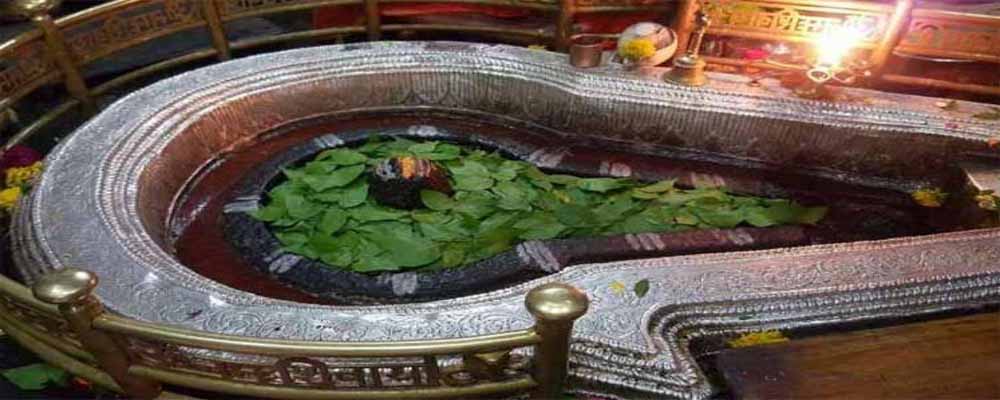
Origin of The Term Jyotirlinga
Bhimashankar Jyotirlinga is one of the twelve Jyotirlinga’s (shrines of Lord Shiva) in India. The term “Jyotirlinga” means “the radiant linga (symbol of Lord Shiva)” in Sanskrit. According to Hindu mythology, Lord Shiva appeared in the form of a Jyotirlinga to endow the ultimate truth of life and death.
Historical References to Bhimashankar Jyotirlinga
Historical references to Bhimashankar Jyotirlinga can be found in several ancient texts, including the Skanda Purana and the Shiv Mahapuran. These texts mention the significance of Bhimashankar as a holy site and describe the lingam (symbol of Lord Shiva) as self-manifested.
The Legend of Bhima and Lord Shiva
The legend of Bhima and Lord Shiva is one of the popular stories associated with the Bhimashankar Jyotirlinga. According to the legend, Bhima, one of the five Pandavas from the Hindu epic Mahabharata, had killed his own brothers and was seeking redemption. He traveled to several holy places but was unable to find peace. Finally, he arrived at the Bhimashankar hills and saw a beautiful lingam in the form of Lord Shiva. He realized the power of Lord Shiva and devoted himself to him, thus attaining salvation.
The Role of Nana Phadnavis in Renovating the Temple
The Bhimashankar temple was in a state of ruin for several years until Nana Phadnavis, a statesman during the Peshwa rule in Maharashtra, renovated the temple in the 18th century. He reconstructed the temple with the help of artisans and added several features, including a beautiful shikhara (spire) and a sabha mandap (assembly hall). Today, the Bhimashankar temple is a popular pilgrimage site and attracts thousands of devotees every year.
Significance of Bhimashankar Jyotirlinga
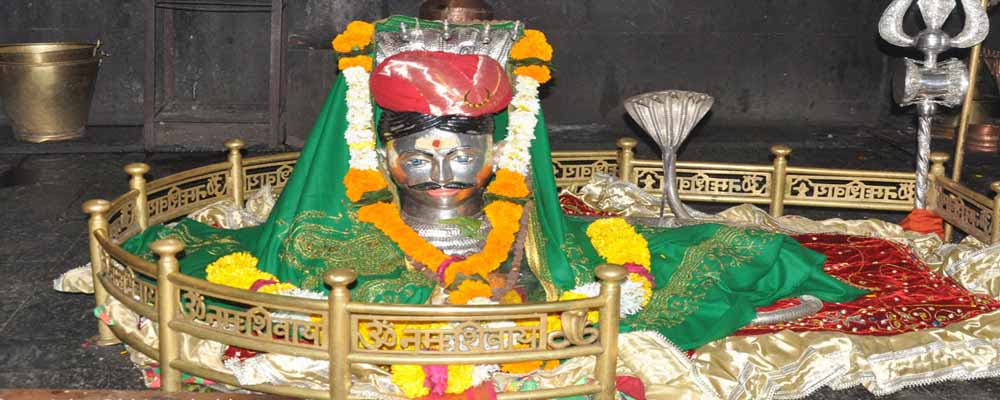
Religious Significance of the Temple
Bhimashankar Jyotirlinga holds great religious significance for Hindus. It is believed that visiting this holy site and offering prayers to Lord Shiva can help individuals attain salvation and peace of mind. The temple is also associated with the belief that Lord Shiva resides here in the form of a Jyotirlinga.
Importance in Hindu Mythology
In Hindu mythology, Bhimashankar Jyotirlinga is believed to be the place where Lord Shiva defeated the demon Tripurasura and destroyed the three cities (Tripura) created by the demon. It is also believed to be the place where Lord Shiva manifested himself in the form of a Jyotirlinga to grant salvation to his devotees.
Connection With the Ashtavinayak Pilgrimage
The Bhimashankar Jyotirlinga is also an important site on the Ashtavinayak pilgrimage, which includes eight sacred temples dedicated to Lord Ganesha in the state of Maharashtra. According to the tradition, the pilgrimage must begin and end at the Bhimashankar temple.
The Temple’s Architectural Style and Uniqueness
The Bhimashankar temple’s architecture is unique and features a blend of traditional Nagara and Hemadpanthi styles. The temple is built on a high platform and has a beautifully carved entrance gate. The main shrine houses the Jyotirlinga and is surrounded by several smaller shrines dedicated to various deities. The temple’s sabha mandap (assembly hall) is also noteworthy, featuring intricately carved pillars and ceilings.
The Bhimashankar Jyotirlinga is a significant religious site for Hindus and holds great importance in Hindu mythology. It is also an essential stop on the Ashtavinayak pilgrimage and features unique architectural styles.
Legends and Myths
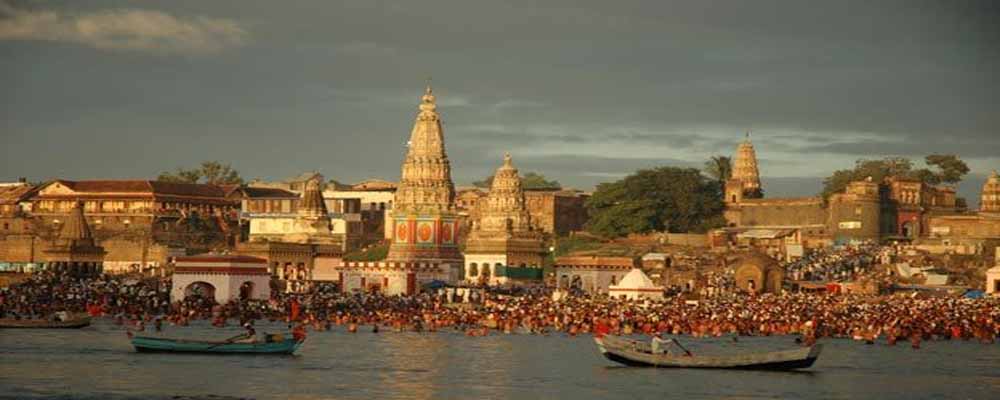
The Story of the Origin of the River Bhima
The story of the origin of the river Bhima: According to a legend, the river Bhima originated from the sweat of Lord Shiva as he fought the demon Tripurasura at Bhimashankar. It is believed that taking a dip in the river Bhima can wash away one’s sins.
The Tale of Kamandalu and Lord Shiva
The tale of Kamandalu and Lord Shiva: Another legend associated with the Bhimashankar Jyotirlinga tells the tale of a demon named Tripurasura, who was wreaking havoc on earth. Kamandalu, a sage, pleaded with Lord Shiva to defeat the demon. Lord Shiva obliged and defeated the demon with his weapon, the Trishul.
The Curse of Rishi Gautam
The curse of Rishi Gautam: Another legend tells the tale of Rishi Gautam, who had mistakenly killed a cow while hunting. As punishment, he was cursed with leprosy. Gautam sought the blessings of Lord Shiva at Bhimashankar, who cured him of his disease.
The Significance of the Linga
The significance of the Linga: It is believed that the Linga at Bhimashankar Jyotirlinga is self-manifested, and Lord Shiva appeared in this form to bless his devotees. The Linga is also associated with the belief that Lord Shiva is the ultimate truth of life and death, and by meditating on the Linga, one can attain enlightenment.
Festivals and Celebrations

Bhimashankar Jyotirlinga is not only a significant religious site but is also surrounded by natural beauty and wildlife. Here are some festivals and attractions associated with Bhimashankar:
- Mahashivratri: Mahashivratri is one of the most important festivals celebrated at Bhimashankar Jyotirlinga. It falls in the month of February or March and marks the convergence of Lord Shiva and Shakti. Devotees throng the temple on this day and offer prayers to Lord Shiva.
- Bhimashankar Wildlife Sanctuary: The Bhimashankar Wildlife Sanctuary is located around the temple and is home to several rare and endangered species of flora and fauna. Visitors can take guided tours of the sanctuary and explore its diverse ecosystem.
- Other popular festivals: Apart from Mahashivratri, other festivals celebrated at Bhimashankar Jyotirlinga include Ganesh Chaturthi, Navratri, and Diwali. These festivals attract a large number of devotees and tourists to the temple.
Visiting Bhimashankar Jyotirlinga
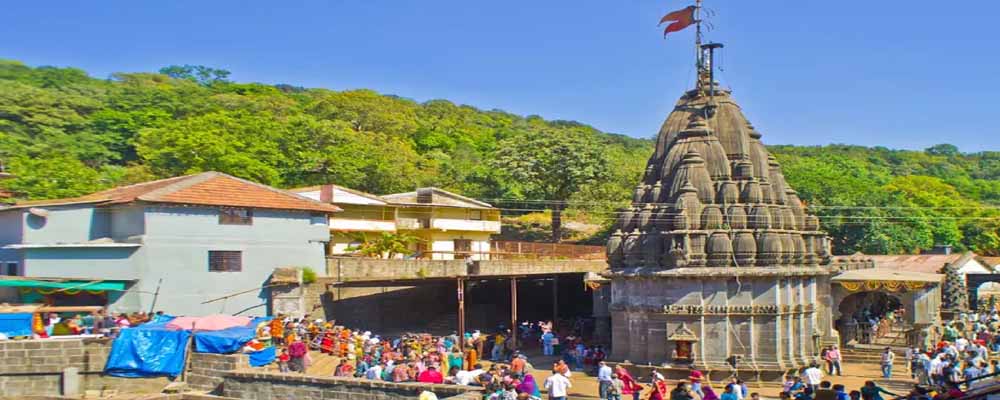
If you are planning to visit Bhimashankar Jyotirlinga, here are some essential things you need to know:
- Best time to visit the temple: The best time to visit Bhimashankar Jyotirlinga is between the months of October to March. The weather during this time is pleasant, and the surrounding forest is at its greenest.
- How to reach Bhimashankar Jyotirlinga: Bhimashankar Jyotirlinga is located in the Sahyadri range of Maharashtra and can be reached by road and trekking. The nearest airport is in Pune, which is about 120 km from Bhimashankar. The nearest railway station is in Karjat, which is about 75 km from Bhimashankar.
- Accommodations: Bhimashankar has several options for accommodations, ranging from budget hotels to luxury resorts. Some popular accommodations include Bhimashankar Hill Station Hotel, MTDC Resort, and the Forest Hills at Tungarli Dam.
- Things to do and see: Apart from visiting the temple, Bhimashankar offers several attractions for tourists. You can take a trek through the dense forest and explore the Bhimashankar Wildlife Sanctuary. The Hanuman Lake and the Nagphani Point offer panoramic views of the surrounding landscape. You can also visit the nearby Jyotirlinga temples of Grishneshwar and Trimbakeshwar.
Nearby Attractions Bhimashankar Jyotirlinga
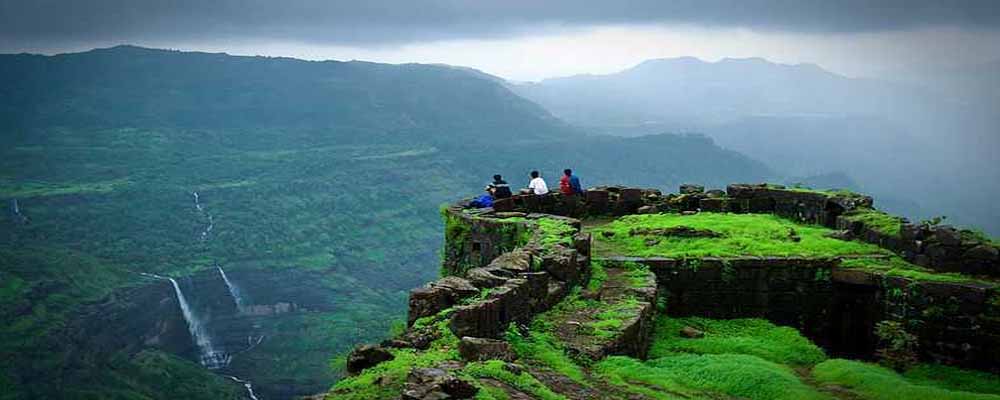
Bhimashankar Jyotirlinga is surrounded by several natural attractions that are worth exploring. Here are some nearby attractions that you can visit:
- Sahyadri Range: Bhimashankar Jyotirlinga is situated in the Sahyadri Range of Maharashtra. The range is known for its rugged terrain and natural beauty, offering numerous trekking options for adventure enthusiasts.
- Hanuman Lake: The Hanuman Lake is located near the Bhimashankar temple and is a popular spot for picnics and boating. The serene lake is surrounded by lush greenery and offers breathtaking views of the surrounding landscape.
- Gupt Bhimashankar: Gupt Bhimashankar is an underground cave located near the main temple. It is believed that Lord Shiva meditated in this cave before appearing in front of Bhima. The cave has several ancient rock formations and is a popular attraction among visitors.
- Trekking options in the region: Bhimashankar Jyotirlinga is surrounded by several trekking routes that take you through the dense forests and mountain ranges. Some popular trekking routes include the Bhimashankar to Ahupe Ghat trek and the Bhimashankar to Padharwadi trek.
Bhimashankar Jyotirlinga’s Impact on Society
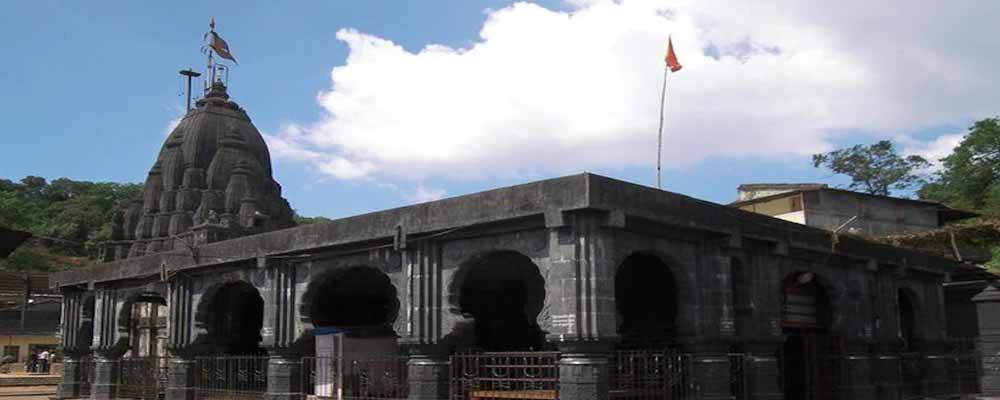
Bhimashankar Jyotirlinga has a significant impact on the society and the region. Here are some ways in which the temple has impacted society:
- Contribution to the local economy: The temple is a major source of income for the local economy. The temple attracts a large number of visitors, and the surrounding areas have several businesses that cater to the needs of tourists. This has created employment opportunities for the locals and has helped in the development of the region.
- Impact of tourism on the region: The tourism industry around Bhimashankar has grown significantly due to the popularity of the temple. The influx of tourists has led to the development of infrastructure, including roads, hotels, and restaurants. This has not only created job opportunities but has also led to the growth of the region’s economy.
- Social and cultural importance of the temple: Bhimashankar Jyotirlinga holds immense social and cultural significance for the people of Maharashtra. The temple is an important pilgrimage site for devotees of Lord Shiva, and people from all over the country visit the temple to seek blessings. The temple is also a cultural hub, and several festivals and events are organized throughout the year, which promotes the region’s cultural heritage.
The Future of Bhimashankar Jyotirlinga
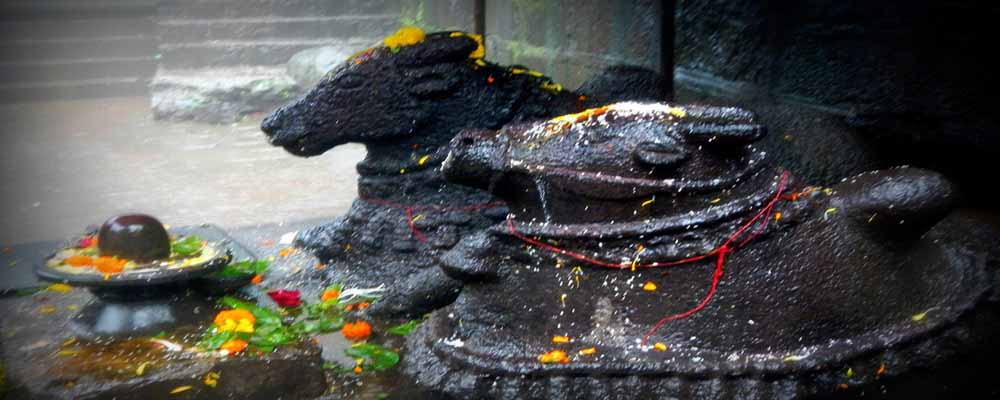
Bhimashankar Jyotirlinga has been an important pilgrimage site for devotees of Lord Shiva for centuries. However, the temple faces several challenges that threaten its future. Here are some of the challenges and efforts taken for preservation:
- Environmental degradation: Bhimashankar is located in the Sahyadri Range, and the area is prone to environmental degradation due to deforestation, soil erosion, and other human activities. This has led to soil erosion, which affects the stability of the temple structure. Efforts have been taken to prevent soil erosion, and the forest department has taken measures to protect the wildlife in the region.
- Overcrowding: The temple attracts a large number of visitors, and during peak seasons, the temple becomes overcrowded. This puts a strain on the temple’s infrastructure and can lead to safety concerns. To address this issue, the temple authorities have taken measures to improve the temple’s infrastructure, including the construction of additional facilities.
- Preservation efforts: The temple authorities have taken several steps to preserve the temple’s heritage. The temple has undergone several renovation and restoration projects, and efforts have been taken to maintain the temple’s architecture and artwork. The temple also has a museum that showcases the region’s cultural heritage.
- Future development plans: The temple authorities have several development plans for the future. These include improving the infrastructure around the temple, constructing new facilities for tourists, and promoting eco-tourism in the region. The authorities are also exploring the possibility of creating trekking routes that connect the temple with other attractions in the region.
Conclusion
Bhimashankar Jyotirlinga is an ancient temple located in the Sahyadri Range in Maharashtra, India. It is a significant pilgrimage site for devotees of Lord Shiva and attracts a large number of tourists from all over the country. The temple has a rich history and is associated with several myths and legends.
The article highlights the religious significance of the temple and its connection with Hindu mythology. The temple’s architectural style and uniqueness are also discussed, along with nearby attractions and the impact of tourism on the region’s economy. The challenges faced by the temple, efforts taken for preservation, and future development plans are also covered in the article.
In summary, Bhimashankar Jyotirlinga holds immense social and cultural importance for the people of Maharashtra. The temple has played a significant role in the development of the region’s economy and has helped in promoting the region’s social and cultural heritage. Despite the challenges it faces, the temple authorities have taken several measures to preserve the temple’s heritage and promote eco-tourism in the region.
FAQs
What is special about Bhimashankar Temple?
Bhimashankar Temple is one of the 12 Jyotirlingas of Lord Shiva and holds immense religious significance for Hindus. It is also known for its unique architecture and artwork, with intricate carvings and sculptures.
How to reach bhimashankar jyotirlinga?
Bhimashankar Jyotirlinga can be reached by road from Pune, which is the nearest city. The distance is around 110 km, and it takes around 3-4 hours to reach by car. Alternatively, one can take a bus from Pune or Mumbai to Bhimashankar.
Can we touch bhimashankar jyotirlinga?
No, devotees are not allowed to touch the Jyotirlinga as it is considered a sacred object. However, one can offer prayers and perform rituals around the Jyotirlinga.
Is bhimashankar trek difficult?
Bhimashankar trek is considered moderately difficult, with a total distance of around 14 km. The trek starts from the village of Khandas and takes around 4-5 hours to reach the temple. The terrain is uneven, and there are steep inclines and declines, so it is advisable to be in good physical condition and wear appropriate trekking shoes.
How much time required to visit Bhimashankar?
The time required to visit Bhimashankar depends on the mode of transportation and the activities planned. If one is traveling by car/bus, it takes around 1-2 days to visit the temple and nearby attractions. If one is planning to trek to the temple, it takes around 1-2 days to complete the trek and visit the temple.

